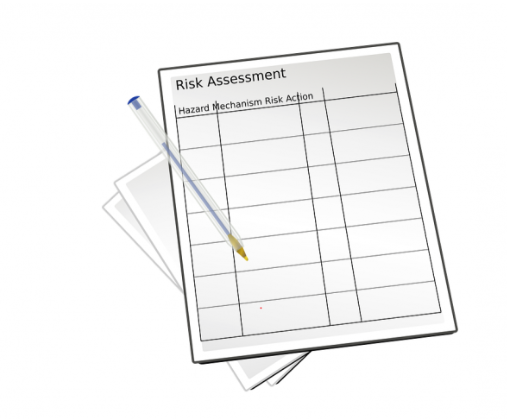Avoid These Headaches During Regulatory Submissions

Our technical consulting group at Nelson Laboratories acts as a bridge between medical device companies and regulatory bodies, putting us in a good position to understand both sides and what they need from each other. This also creates an opportunity for us to recognize the typical deficiencies, mishaps, or errors that are identified by regulatory agencies during the submission process and to provide our expertise to medical device manufacturers about how to structure and document their submission paperwork to avoid some of these common mistakes.
Oftentimes we receive feedback from FDA or a notified body that a submission is not fully substantiated with either testing data or evaluation information for a given medical device and intended use. When digging further into the submission paperwork and information available on the specific device, it frequently turns out that the data is actually there, but it was not well documented or is scattered throughout numerous files, making it more difficult for the reviewer to understand every piece of the puzzle.
For instance, it is always recommended to perform a biological evaluation plan (BEP) for a given submission. A BEP provides a general description of the device and its intended use as well as evaluates the biocompatibility risks associated with that device in its intended application. In addition, it may review completed testing and published literature to propose a testing plan, if further mitigation of risk is needed from a biocompatibility perspective. The BEP usually serves as a jumping board for initiating the biological evaluation of a medical device, and it is also called out as a requirement of a risk management process in both ISO 10993-1 and the FDA guidance document as well as in ISO 14971 as a more general concept for a written document or plan for risk management. In addition, regulatory bodies more and more want to see this so-called three-tiered approach to the biological evaluation process, where the first step includes the above-mentioned BEP, the second tier would focus on the testing that is being performed according to the recommended plan outlined in the BEP, and the third phase would be a biological evaluation report (BER). The BER ties the two previous steps together, summarizes the approach and testing performed, and as a conclusion provides a statement on biocompatibility and patient safety considering all the information and data provided for the device.
Thus, you can see that a misunderstanding between a submitting medical device company and a regulatory body might actually not arise from not having enough data to demonstrate the safety of the medical device, but instead confusion could arise from the way the data is presented. Therefore, it is important to make sure that we are documenting the right information in the right way.
Another common reason we see additional reviewer comments occurs in situations in which a reduced testing plan is being submitted to the regulatory bodies during the submission process. In those cases, we often see that the reviewers have additional questions as to why some of the testing was not performed and why biological endpoints are not substantiated enough within a written justification. ISO 10993-1:2018 and also the FDA guidance document do highlight the importance of using available published information as much as possible (mostly to reduce unnecessary use of animals, but also to decrease the burden of time and money spent on redundant testing). However, if a reduced testing plan is recommended, we encourage submitting the BEP to the regulatory body for a review prior to initiating the testing phase, especially if the BEP includes scientific rationale and a literature review to mitigate risks associated with certain biological endpoints. This also applies for special cases in which sample preparation discussions and recommendations are not following the typical “beaten path” indicated in Table 1 of ISO 10993-12, or the test procedure is altered to more closely mimic the actual clinical application of a given medical device. This pre-submission process and review by the regulatory body will ensure that it is on-board with the recommended approach, and if not, comments on the plan or testing approach can easily be incorporated into the document and testing scheme. This way we can avoid a lot of headache (and heartache) later on during the final submission process.
All in all, the key takeaways from this post are:
When submitting to a regulatory body, make sure you provide clear and concise documentation demonstrating the biocompatibility of your medical device during your submission process.
A three-tiered process, including a biological evaluation plan (BEP), testing, and a biological evaluation report (BER), is recommended by the guidance documents for a biological evaluation process, and this is becoming more and more the gold standard for the regulatory submissions.
When the BEP is recommending a reduced testing plan, or when the medical device is being evaluated during testing using non-standard sample preparation or test parameters (to more closely mimic clinically relevant exposure conditions), it is highly encouraged that a pre-submission be performed to get approval from the regulatory body for the approach up front.
SOURCE:MDDI









